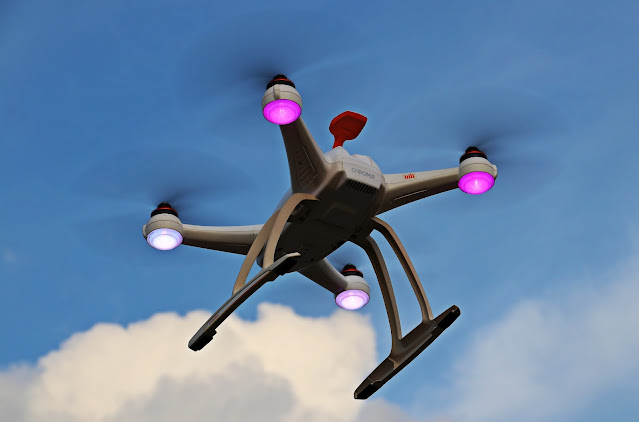The blueprint, presented during a meeting of the government's Council for the Realization of the Vision for a Digital Garden City Nation on March 31, outlines the intention to establish a designated lane along a section of the Shin-Tomei Expressway. This lane will span approximately 120 kilometers (74 Miles), stretching from the Surugawan-Numazu Service Area to the Hamamatsu Service Area, both located in Shizuoka Prefecture.
In the initial stages, self-driving trucks are anticipated to
have access to this lane during a late-nighttime slot, possibly commencing in 2024.
To ensure the safety of these vehicles, sensors and cameras will be installed
along the shoulder of the road and in other strategic locations to detect any
fallen objects or obstacles, enabling the vehicles to avoid potential hazards.
By 2027, the government aims to enable self-driving capabilities
on 100 sections of highways throughout Japan. Additionally, plans are underway
to develop routes for delivery drones that can operate beyond the line of
sight. One such route is expected to be designated in and around Chichibu, Saitama
Prefecture, covering approximately 150 kilometers (93 Miles), with the goal of
facilitating the transportation of supplies using drones by 2024.
The proposed drone route will follow power transmission lines,
providing access to hilly and mountainous areas for cargo transport. In
addition to delivery services, the drones could conduct inspections of electric
cables and recharge along the route.
Considering Japan's proposed plan to create dedicated lanes for
autonomous vehicles and delivery drones, the government is taking a proactive
approach to address labor shortages in logistics and the declining utilization
of transportation networks in depopulated areas. This visionary blueprint,
aiming to establish designated lanes along key expressways and develop
extensive drone flight routes, signifies a remarkable step towards a more
efficient and technologically advanced transportation system. Moreover, as
Japan's population experiences a decline and ages, these initiatives hold the
promise of revitalizing transportation and ensuring the seamless movement of
goods and supplies throughout the country. With a clear vision for the future
and a commitment to innovation, Japan is paving the way for a dynamic and
sustainable digital landscape.
Related Articles:
Subaru Introduces EyeSight Technology to Manual Transmission: A Game-Changer in Driving Safety
Transforming Urban Mobility: Suzuki and SkyDrive's Revolutionary Flying Car Partnership
Exploring Society 5.0: Toyota Motor Corp Drives the Future of AI and Smart Cities




Comments
Post a Comment